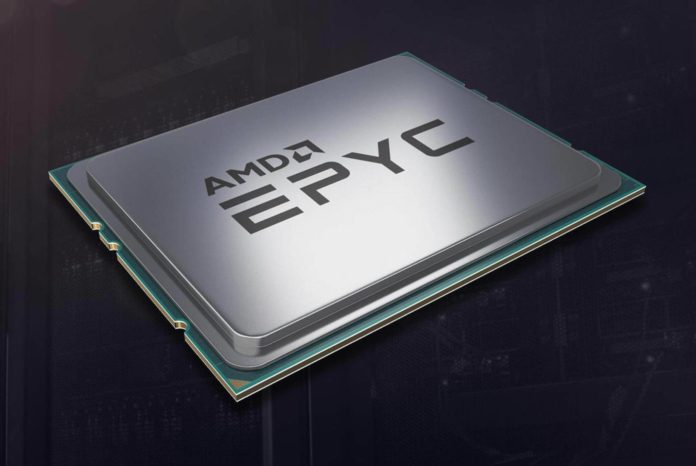AMD’s EPYC Rome servers promise to deliver more cores and greater power efficiency than Xeon Platinum at sticker prices that are one third or even less than their Intel equivalents. It seems almost too good to be true. While AMD’s been quick to claim a 10 percent share of the server market on the back of the EPYC wave, server clients will have questions about reliability and real-world performance.
Now, we seemingly have an example of a large multinational company that’s been able to implement EPYC in a way that delivers greater performance than their Xeon parts. We’re talking about Netflix here. The streaming giant recently set a target for getting their servers to dish out 200 Gbps worth of encrypted video data bandwidth per server, up from the earlier 100 Gbps. This is likely to cater to the increasing amount of 4K HDR content on the network 200 Gbps with their Xeons, Netflix doubled CPU socket count per server. With a dual-socket Xeon, they were able to mange 191 Gbps of encrypted video data bandwidth, with 75 Gbps of I/O serviced by 96 PCIe 3 lanes.

What was more interesting was the gains they made with their AMD EPYC Rome servers. Because of the MCM chiplet design used in the Zen in the architecture, Netflix didn’t need to add another discrete CPU socket. They simply opted for a quad-chiplet Ryzen CPU. Their new Ryzen server part actually boasts slightly higher video throughput than the dual-Xeon, at 194 Gbps.
It’s interesting to see EPYC do well in actual enterprise workloads: this is where the real money’s at and AMD’s big opportunity to rake in the profits while we wait for Intel to get its act together.

Further reading:


